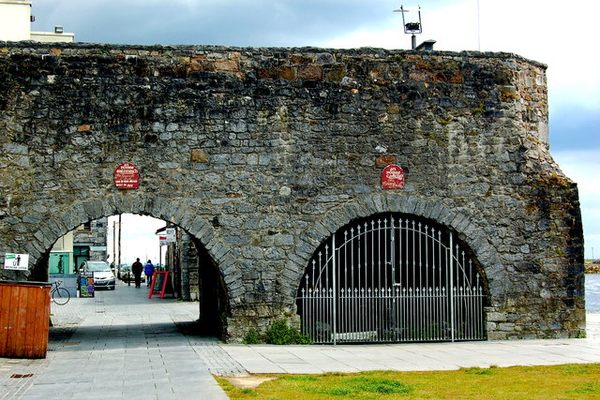About
A black and white mural covers the walls of the Northern line platform of the Charing Cross tube station near London's Trafalgar Square. It depicts, in comic book form, scenes of medieval life. But this is not a whimsical artistic flight of imagination— the images actually reference the historical origins and name of what is now one of London’s busiest public transport hubs.
The name Charing Cross derives from the old English word "ceirring," which translates into the modern English language as "river-bend," a reference to the bend in the nearby River Thames. The reference to a cross recalls the Eleanor Crosses that dotted the city as a memorial to a dead queen.
Queen Eleanor (known as Eleanor of Castille) was originally from the Spanish city of Burgos and became the wife of King Edward of England as part of a diplomatic marriage designed to consolidate English rule over the French region of Gascony. Although this union was initially driven by political goals, it appears that Edward and Eleanor were actually devoted to one another, a rather rare occurrence by the standards of the time.
But still, the marriage ended in tragedy. In 1287, Queen Eleanor (who was in her late 40s) became ill with what historians believe was a virulent strain of malaria and died. After her death, a morose King Edward ordered ornate stone crosses to be constructed and displayed in several English cities. One stood near the site of present-day Charing Cross Station.
The mural depicts the construction of the cross by stone masons and carpenters overseen by various parties including architects and aristocrats. Quite a feat for the early medieval age.
Related Tags
Know Before You Go
The murals can be seen for free if you are traveling through on the London Underground. Take the Bakerloo or Northern line and disembark at Charing Cross tube station. The murals can be seen along the side of either of the Northern line platforms.
Published
July 10, 2019








































